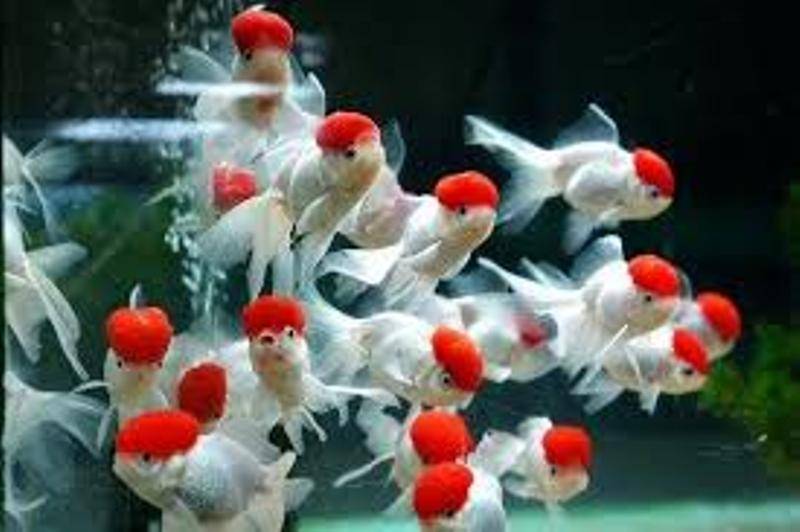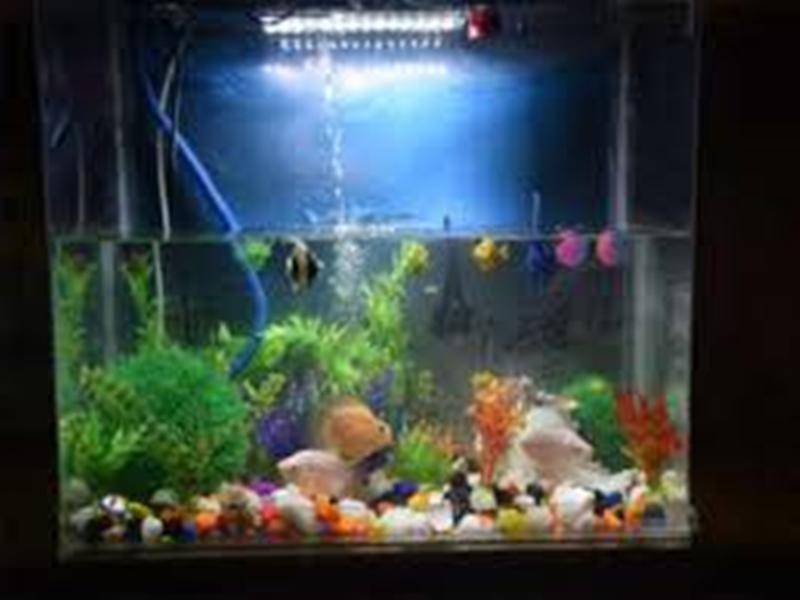
The Ornamental fish production in India has great potential due to the presence of rich biodiversity of species, favorable climatic conditions and availability of cheap labor. Kerala, Tamil Nadu and West Bengal mainly practice ornamental fish farming in India.
The ornamental species are categorized into indigenous and exotic. Availability of a vast number of native species has contributed significantly to the development of ornamental fish industry in the country.
North-eastern states, West Bengal, Kerala and Tamil Nadu are blessed with potential indigenous species. About 90 percent of native species (85 percent are from northeast India) are collected and reared to meet export demand. Presently, nearly about 100 native species are reared as aquarium fish. There is also a great demand for exotic species due to its colour, shape and appearance.
More than 300 exotic species are covered in the ornamental fish trade, but a greater demand for this exists. About 200 species are bred in India. 90 percent of India exports go from Kolkata followed by 8 percent from Mumbai and 2 percent from Chennai.

Ornamental fish trade is a multibillion-dollar industry in which approximately more than 125 countries involved the trade. The global Ornamental fish trade is estimated to be more than US$ 15 billion and more than 2 billion live ornamental fishes are traded.
The 99 percent of the global market is confined to hobbyist and less than 1 percent is used for public aquaria and research institute. Developing countries are the major producers and suppliers in the world supplying more than 60 percent of the ornamental fish. Over 2,500 species are involved in the global ornamental fish industry, of which over 60 percent are of freshwater origin and the rest are marine.
Ornamental fish trade also involves larger numbers of wild caught fish and invertebrates, in addition to the much popular farm reared ornamental fishes. Neon tetras, angels, gold fish, danios and discus dominate the world ornamental fish trade, with guppy and zebra danio both together contributing to more than 14 percent in value of the fishes traded.
The ornamental fish sector is primarily dependent on freshwater fish species, with nearly 15 percent of the total traded species being marine, contributed by wild collections. The marine ornamental species have greater potential for export trade because of their most exquisite colours and attention-grabbing behaviour, but there are apprehensions pertaining their collection from the natural environment, biodiversity and sustainability perspectives.
The marine ornamental fish trade is operated from South-East countries Philippines, Indonesia, Sri Lanka, Maldives and major pacific Island countries like Solomon Island, Australia, Fiji and Palau. These countries together supply more than 98 percent of the total marine ornamental fishes involved in trade.
Benefits of Ornamental Fish Rearing as a Hobby
-
It gives pleasure to young and old people
-
It enables relaxation of the mind and thereby contributes to a healthy living
-
Children get to know more about nature and use their time productively.
-
It creates a self-employment opportunity
Aquariculture
The culture of ornamental fishes is called as aquariculture. Ornamental fish culture is the culture of attractive, colourful fishes of various characteristics, which are reared in a confined aquatic system. Farmers and hobbyists mainly grow it. Ornamental fishes are also known as living jewels. There are more than 30,000 fish species reported around the world, of this about 800 belong to ornamental fishes. Most of the ornamental fishes survive in freshwater. They come under eight closely related families namely, Anabantidae, Callichthyidae, Characidae, Cichlidae, Cobitidae, Cyprinodontidae, Cyprinidae and Poeciliidae.
Aquarium fishes are mainly categorized into two groups namely, egg layers (oviparous) and live bearers (ovo-viviparous). Majority of aquarium species are egg layers and normally external fertilization occurs. Based on this, it is again categorized into the following types.
The Commercially Important indigenous species are: Reticulated Loach, Zebra Fish, Glassfish and Honey Gourami and Gold Fish. Black Shark.










